Ready to Shreddy, or "RtS" for short, is a portable multi-purpose tool made for use by skiers and snowboarders to quickly tune or repair their skis and boards on the fly while on the mountain.
OVERVIEW:
RtS is a snowsports multi-tool designed for skiers and snowboarders alike. the tool incorporates a screwdriver with multiple bits, rub on wax, a scraper, a brush, and a gummy stone - all the tools that skiers and riders would need on the mountain to tune - into a compact and portable frame that can be thrown into a pocket or attached to a bag.
The problem statement my team and I set out to respond was the following:
How can we allow users to make quick touch ups for tuning while on the slopes, while considering their enjoyment and safety throughout a given ski day?
Note: RtS was developed as a project in the second studio of the DIS studio series. The premise of the project was a 5-6 week sprint, where as a team we were tasked with establishing a user group and creating a concept and design for that user group. For a majority of the project, I worked on the modeling & prototyping sides of the team; creating all of the moodboards and CAD models of the RtS.
THE PROCESS:
Problem Space Identification
My team chose the snowsports environment as our intended user base (due to a common interest in the space), and began the design process by reaching out to subject-matter-experts in order to better understand what problems we could tackle within the timeframe and scope of the project. I created moodboards to better visualize products that already existed in the ecosystem, and bring together all of our findings from our research and discussions.
Problem Definiton
After discussing with multiple different user groups within snowsports, we were able to determine that there was a gap in the market for portable tools that skiers and boarders could use on the mountain. Those groups included, but were not limited to; STRIDE - an adaptive sports non-for profit that has a ski/snowboard program for disabled individuals, Ski Race Teams & Coaches, Ski Patrollers, etc.
Concept Generation
We settled on the initial concept of the RtS: a functional, easy to use and portable tuning device that can be used on the mountain. From there we created concept sketches to see what the product could look like. The original concept includes a twistable wax stick, a file and screwdriver that actuate on hinges, a scraper jutting off the side of the tool, a brush on the face of the body, and a carabiner with a bottle opener allowing the device to be attached to a backpack or jacket easily.
Rapid Prototyping & Feedback
After sketching our design and settling on something we were satisfied with as a team, we moved into rough prototyping. We created two low fidelity prototypes in order to get a sense of scale and visualize what the product's form factor would be.
In order to get feedback from our user group, we did user testing with coaches and ski patrollers. Furthermore, we got feedback from users who had never used a similar product before. The common theme that we had gathered relative to feedback was that the design was very blocky in nature.
High Resolution Prototyping
Incorporating the feedback we'd received from our fellow designers and user group, we created a second, higher resolution prototype of wood. The prototype incorporated a curved outer shell for easy grip, as well as all the different parts of the design. We also made sure to consider that end users would be wearing gloves as they'd be using the device.
The biggest learning experience we gathered from making the prototype out of its intended material was that with the number of holes we'd drilled for the different parts, the wood got very brittle and began to split in places along the frame.
Rendering & Beauty Shots
Incorporating the feedback we'd received from our fellow designers and user group, we created a second, higher resolution prototype of wood. The prototype incorporated a curved outer shell for easy grip, as well as all the different parts of the design. We also made sure to consider that end users would be wearing gloves as they'd be using the device.
The biggest learning experience we gathered from making the prototype out of its intended material was that with the number of holes we'd drilled for the different parts, the wood got very brittle and began to split in places along the frame.
Moving Forwards
In moving the project forward and thinking about its scope relative to the market and to where it can be taken, I brought to the table the idea of patenting this project, and am currently in the process of doing that on behalf of the team.
there's an incredible gap in the market for a product like the Ready to Shreddy, and patenting the product would be the first step in thinking about mass manufacturing and the growth of the product.
Skiers and snowboarders alike tend to prefer products that have a “handmade” aesthetic, which is something we try to convey with Ready to Shready’s wooden body. In manufacturing, we would most likely make the product by hand and in house, which limits mass manufacturing capabilities should the product “take off”, but gives us more control over product quality - something that we value greatly in our product’s identity. We would allow for user choice in different types of hardwood, as they have the material properties we would be looking for in designing Ready to Shready to be a product that would last more than a lifetime.
